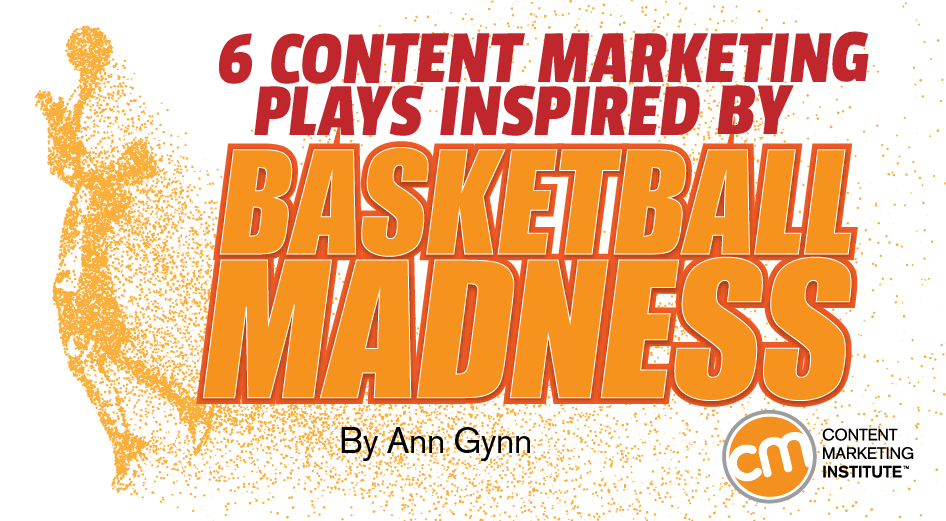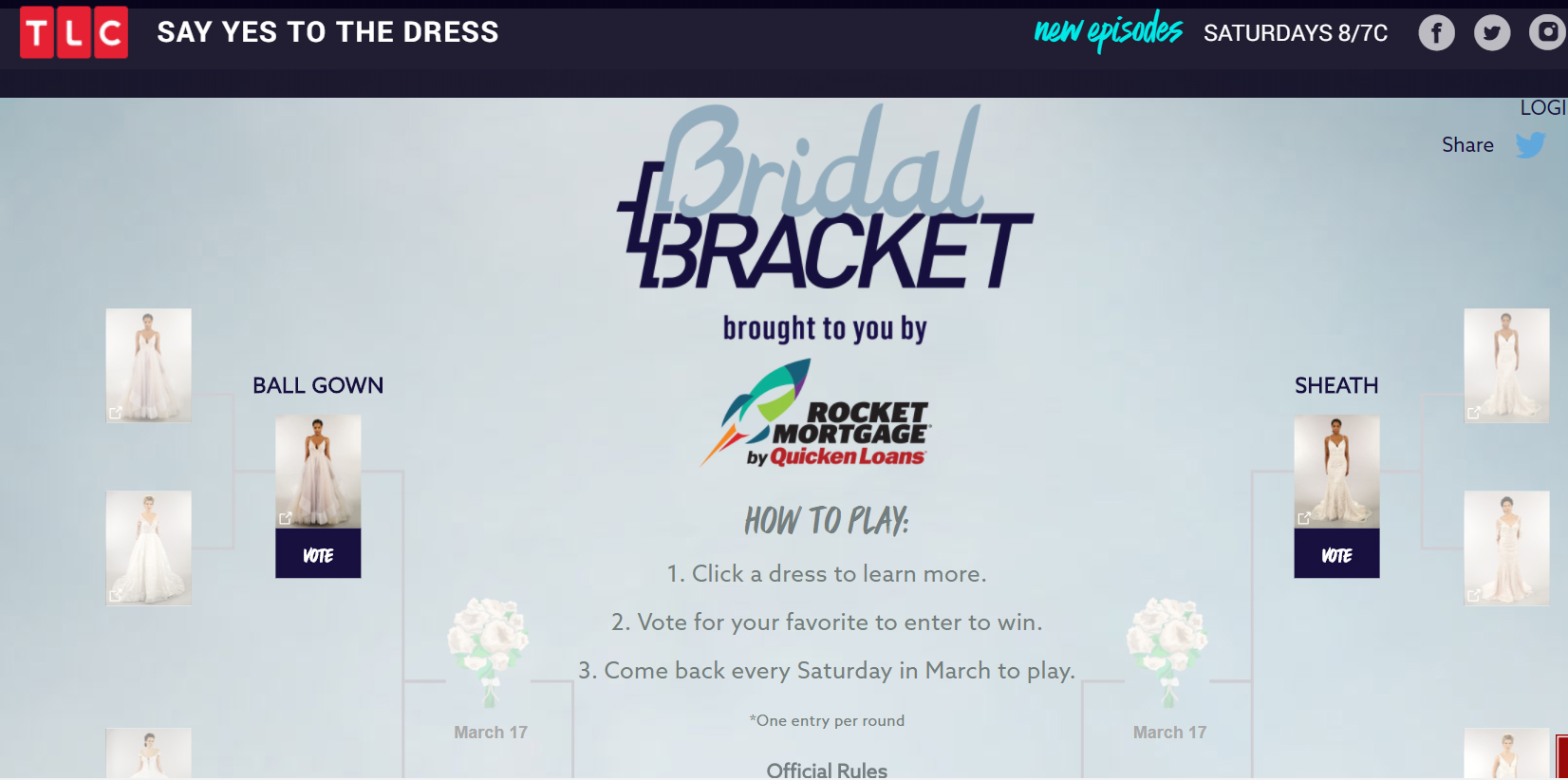Author: Ann Gynn / Source: Content Marketing Institute

Every March, basketball madness infiltrates offices, bars, restaurants, and even a cable-channel wedding dress show.
That doesn’t mean people are interested in every slam dunk, 3-point shot, or flagrant foul in the 61 games being played over a few weeks. Some of the millions who pay attention to the annual tournament are more interested in being part of the watercooler conversations, betting pools, viewing parties, and other general excitement around the games.
CMI is jumping on the bandwagon. Though my bracket may have busted (thanks UMBC, No. 16 seed, for making NCAA history by beating No. 1 seed Virginia), I offer six basketball-tournament inspirations for your content marketing strategy.
Build a bracket
An estimated 70 million brackets were filled out this year. Why? A lot of people hope to win some of the estimated $10.4 billion expected to be wagered in 2018. But many pick their bracket because it’s a fun way to engage with their co-workers and friends. Plus, it gives them a personal stake in games they wouldn’t normally care about.
Background: In case you’re unfamiliar with the NCAA men’s basketball tournament, check out the bracket below. Sixty-four college teams play single-elimination games (the team that loses a game is out of the tournament) until two teams are left to play the championship game. (In recent years, the NCAA has added a pre-tournament tournament, but I’m ignoring it for this blog.)

Take a page for your content marketing playbook
Internally
To get your organization thinking more about how your content measures up, set up a bracket competition – ask the staff (those who aren’t directly involved in analytics) to guess the winning content.
Here’s how it could work: Pick 16 articles published in four of your primary categories. Then randomly fill out the “games” in each of those categories to create your first-round brackets. Pick the metric (i.e., conversions, clicks, time on page) to be judged in the tournament.
Now, it’s time to play. Ask the staff to pick the winners in each contest, guessing which piece of content earned the higher metric until they’ve completed all 61 “games” in the content marketing brackets. Announce the game winners round by round over a few days or weeks and award a prize to all who guessed the “championship” piece of content.
This exercise allows your staff to have fun while learning how well the company’s content performs based on your primary metric. It also gives you insight into who (outside of the analytics team members) may have the best insights into your top-performing content and what best engages your audience.
TIP: If you’re concerned the staff may dig into the analytic files to win the competition, make it a one-time activity such as a staff meeting or brown bag lunch-and-learn session.
Externally
Take the contest to your audience members. Be creative in what you want them to guess – make it interesting for them so they want to participate. Remember to design it to generate helpful insight for your company too.
For example, instead of a boring survey asking your audience to pick what topics and formats they want to see, do a bracket competition.
Select 64 sub-topics (teams) and pit them against each other in one-on-one match-ups (games). Ultimately, you’ll identify the one topic they want the most (and you’ll have great data on what else they would rather read about).
Or select 64 pieces of content (with varying formats) and create one-on-one contests so your audience picks their favorites. When the most popular champion is crowned, republish it.
TIP: If you’re selecting full-length content (not just a few-word topic), pace the tournament. Don’t ask them to fill out the brackets in a single viewing – launch a new round each week.
Or you can do a product comparison-type bracket such as this one created by TLC show Say Yes to the Dress in which viewers vote for their preferred gown in head-to-head competitions:

Or here’s another fun bracket idea from Digital Third Coast, which created a bracket based on the domain authority of each college’s site to determine a champion:

While brackets are an easy go-to lesson from the March basketball tournament, more subtle inspiration exists too.
Don’t go with 23
In the 1960s and 1970s, “anyone with a cursory knowledge of college basketball could pick a tournament winner” from the 23 teams.
Yep, you read that right – 23. I’m not sure who thought an uneven number for a basketball tournament was a good idea. (Short explanation: Nine teams were given byes in the first round – they didn’t have to play a game…
Audience Team
The digital audience insights you need to build, manage and market to your digital audiences.

